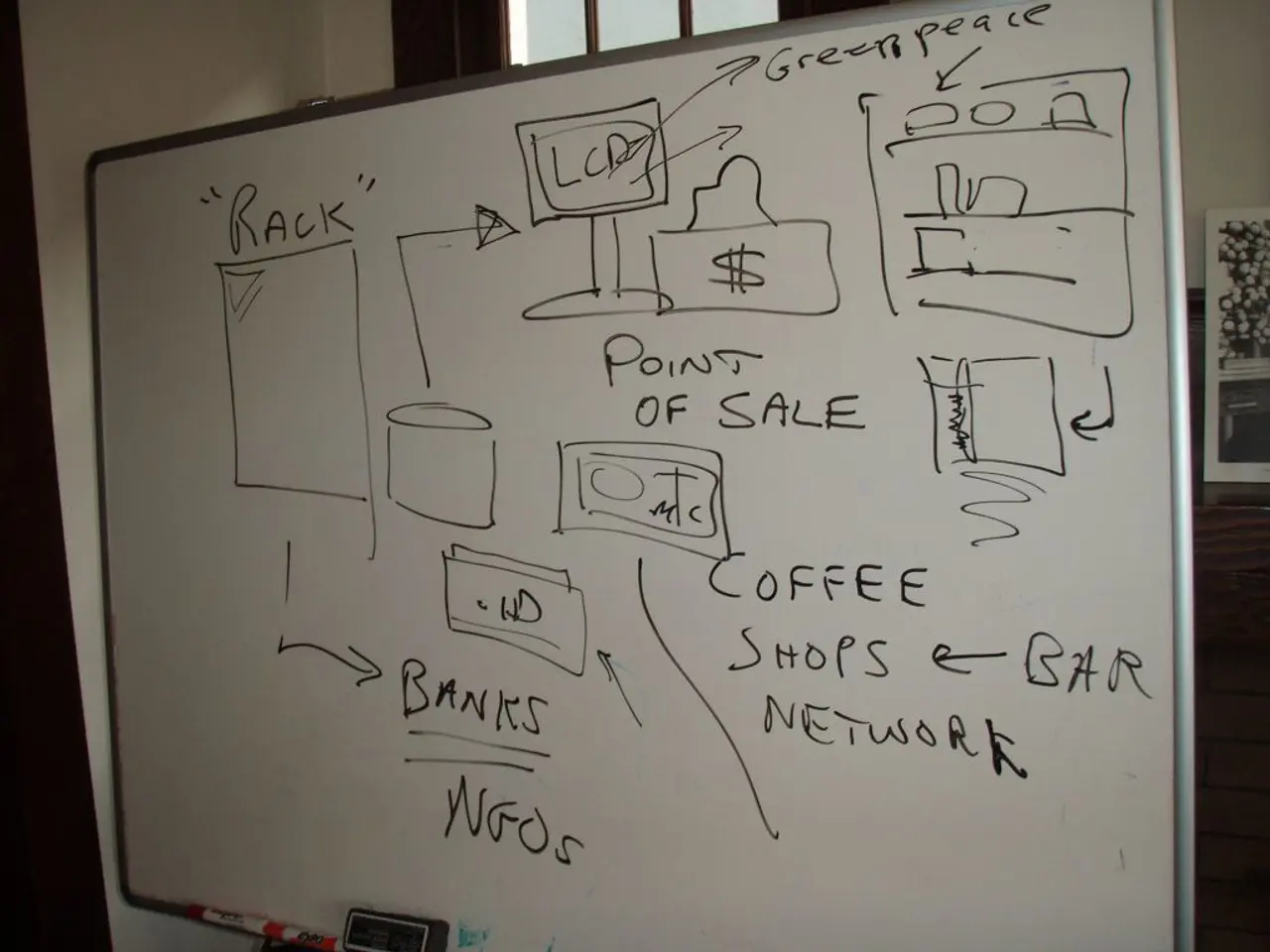Tracing a Cleared Check: A Detailed Manual
In the world of finance, check fraud and forgery can pose significant challenges for individuals and businesses alike. Here's a guide to help you navigate these issues and understand the process of tracing cashed checks.
Check fraud encompasses a wide range of illegal activities, including altering checks, forging signatures, or writing a check on a closed account. It's essential to be aware of these risks and take steps to protect yourself.
When it comes to check fraud, you could be held liable if you negligently contribute to the crime. To avoid this, practice secure check writing, protect your checks, and monitor your bank account regularly. If you notice any suspicious activity, report it immediately.
One of the most common signs of check fraud is an unfamiliar payee name on the cashed check image. Other red flags include a different amount than you intended, an unexpected date, or a forged signature.
If you suspect check fraud, your first point of contact should be your bank or credit union. They are your primary resource for tracing a cashed check. You can initiate the tracing process by contacting their customer service department.
The check clearing process leaves an electronic trail that can be used to trace the check's path. Banks use this process to trace checks, which involves several steps and different financial institutions. The cost of a check copy or trace can vary depending on the bank's policies.
Tracing a cashed check is important for financial record-keeping, fraud investigation, and accurate reconciliation of bank statements. If you are a victim of check fraud or forgery, it's crucial to report the crime to the police and your bank immediately. Provide them with the check number, date, payee's name, and amount to expedite the tracing process.
In addition to traditional paper checks, digital solutions are also available. Digital check registers are electronic versions of traditional paper check registers, allowing you to record your check payments and track your account balance. Several mobile apps allow you to scan checks using your smartphone's camera, automatically extracting the check number, date, payee, and amount.
Mobile banking apps provide convenient access to your account information on the go, and most banks offer online banking portals that allow you to view check images, track transactions, and set up alerts. These tools can help you stay on top of your finances and spot any potential issues quickly.
Remember, check fraud and forgery are serious crimes that carry significant legal consequences. By understanding the check clearing process, taking secure check writing practices, and staying vigilant, you can protect yourself from these threats. If you encounter any issues, don't hesitate to reach out to your bank for assistance.
Read also:
- Understanding Hemorrhagic Gastroenteritis: Key Facts
- Trump's Policies: Tariffs, AI, Surveillance, and Possible Martial Law
- Expanded Community Health Involvement by CK Birla Hospitals, Jaipur, Maintained Through Consistent Outreach Programs Across Rajasthan
- Abdominal Fat Accumulation: Causes and Strategies for Reduction








